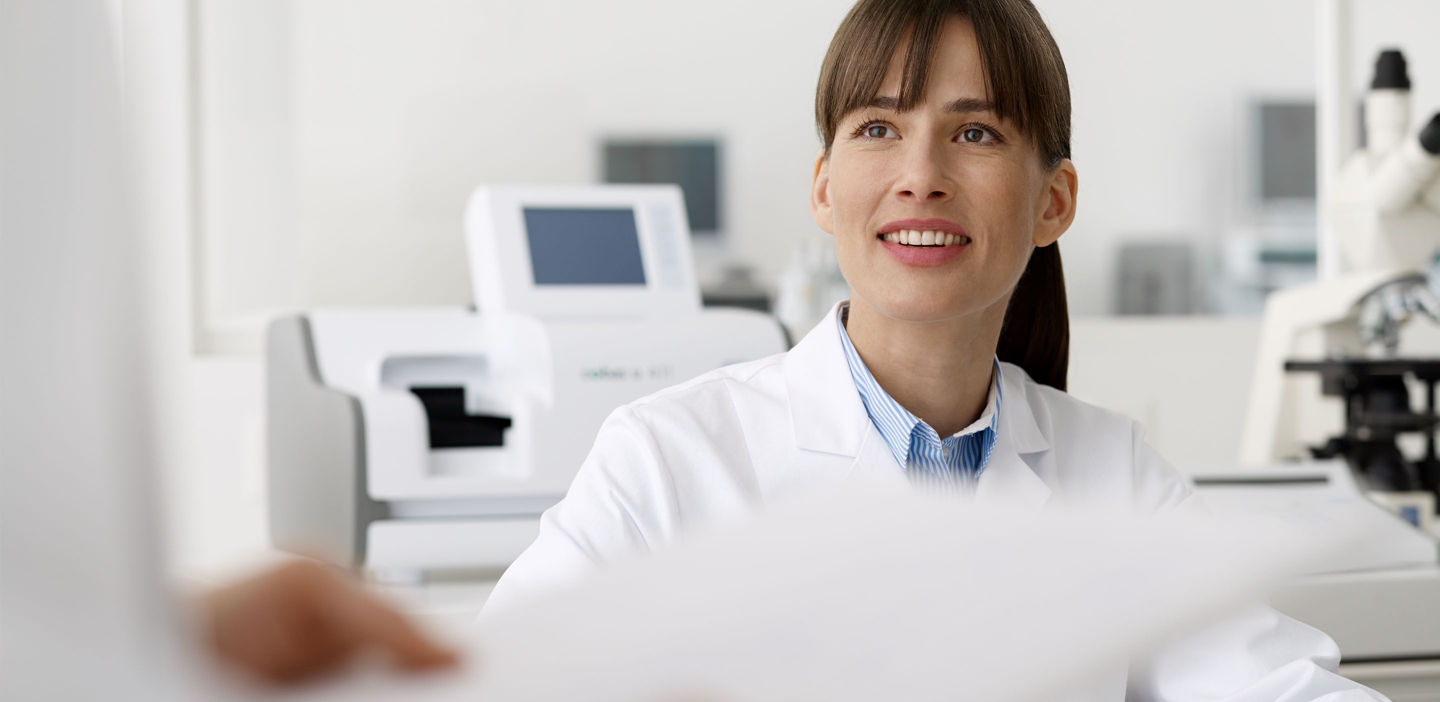Significant strides have been made in decreasing cervical cancer rates around the world. In fact, Member States of the World Health Organization (WHO) have adopted a number of decisions to advance global public health, including specific goals calling for the elimination of cervical cancer.
Still, this preventable disease is far too common. Cervical cancer is missed and diagnosis is often delayed. This is due to a number of factors. Too many women are not being screened regularly or go too long between well-woman exams. Conventional tests used for screening and management yield potentially discrepant results, which require waiting for a re-test or further procedures that may cause unnecessary worry or delayed diagnosis.
Roche has studied the science of Human Papillomavirus (HPV), the infection that is associated with over 99% of cervical cancers1, to develop advanced solutions to find disease early, and prevent invasive cervical cancer from developing. Triage and diagnosis of pre-cancers using biomarker technology simplifies testing and ensures laboratories and doctors get clear, actionable information. Based on more definitive risk assessment, women can be given the right guidance and care at the right time, protecting them from the potential harms or over- or under-treatment.


